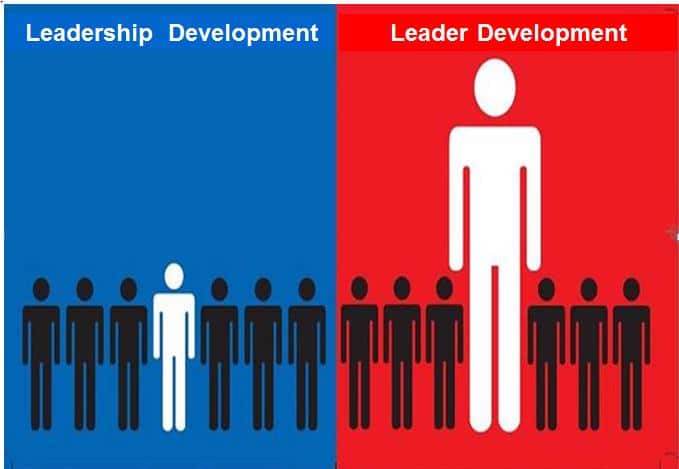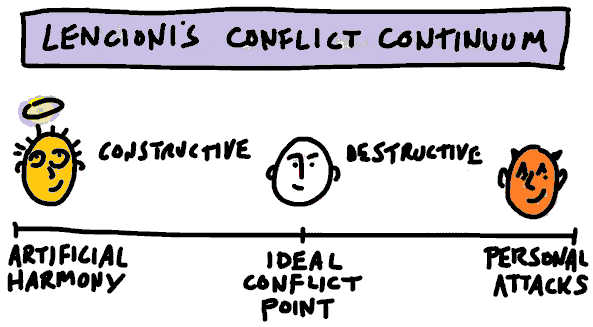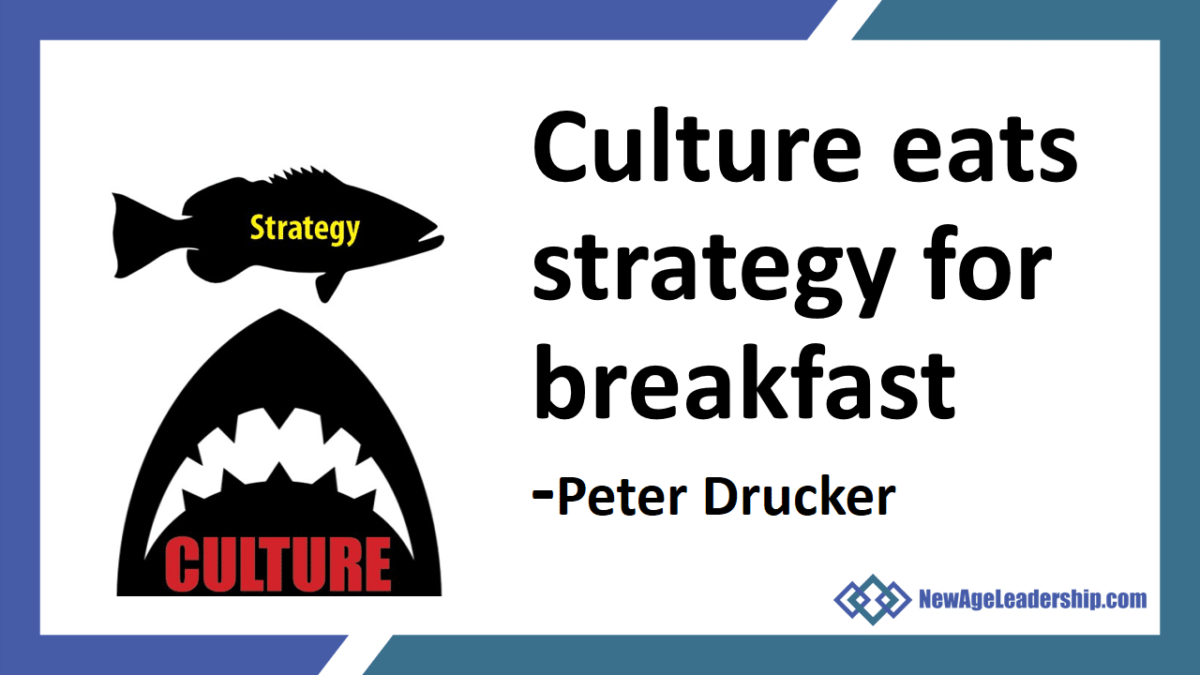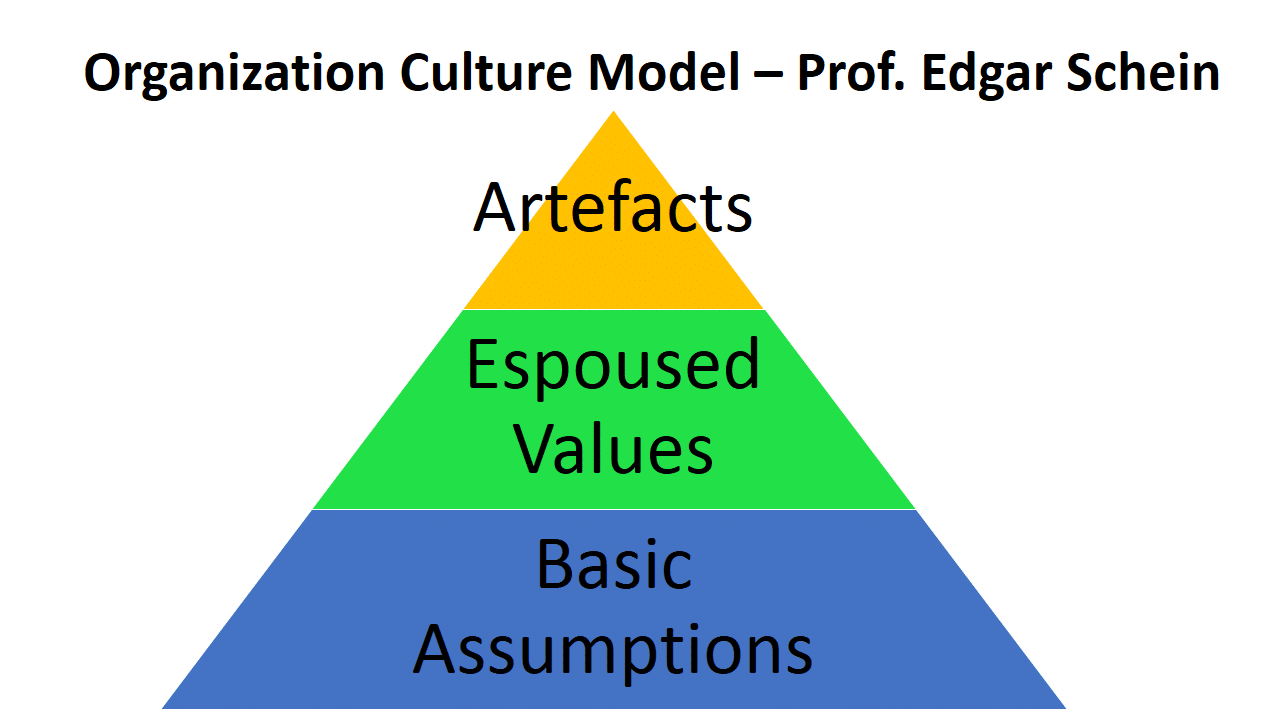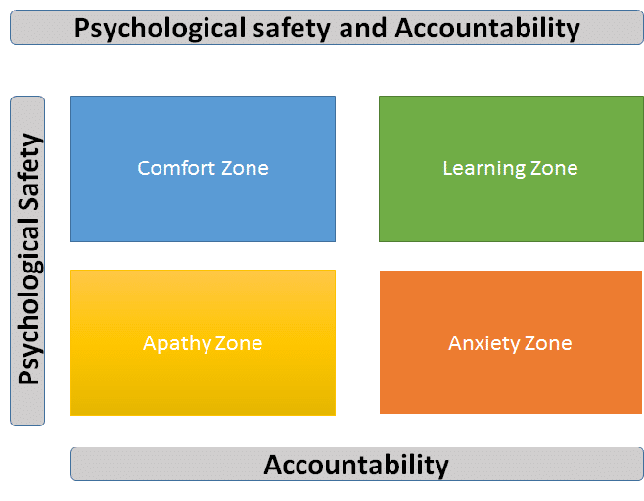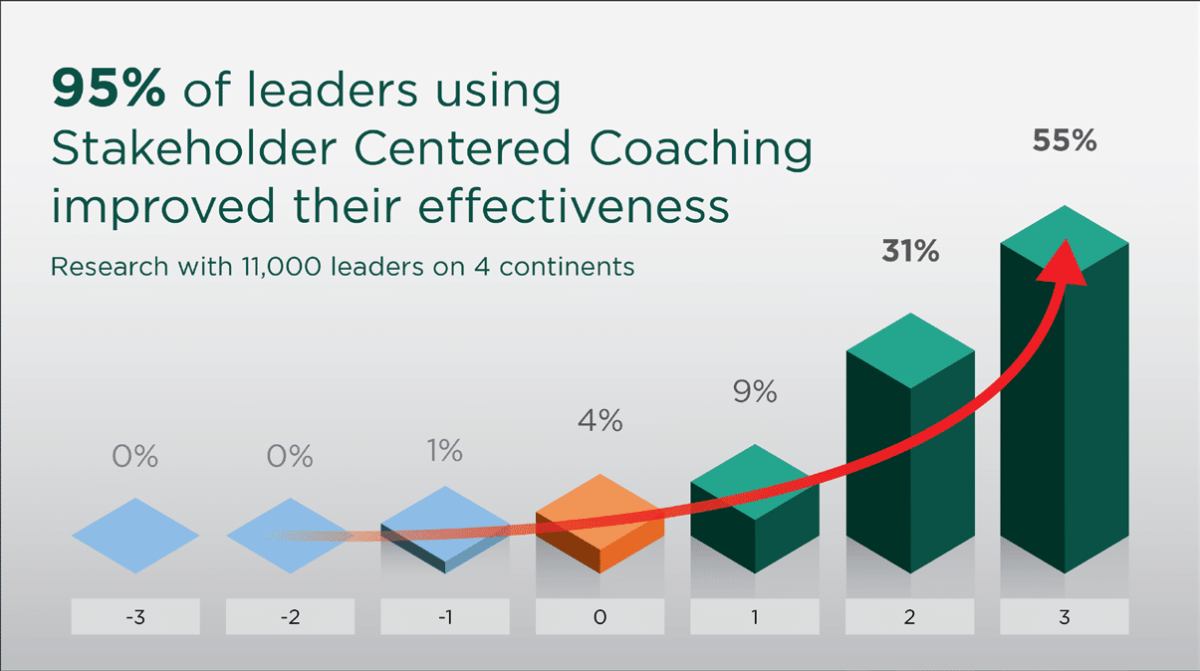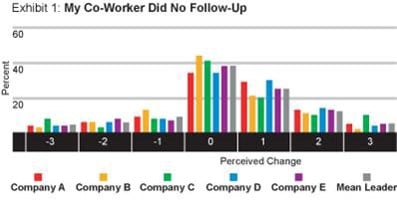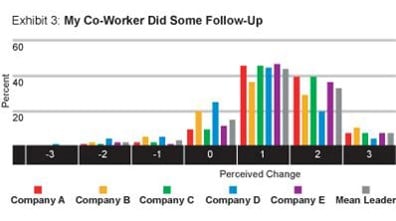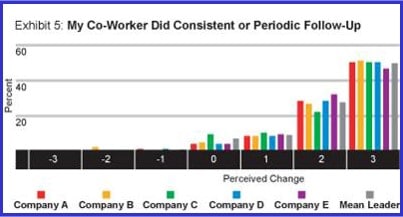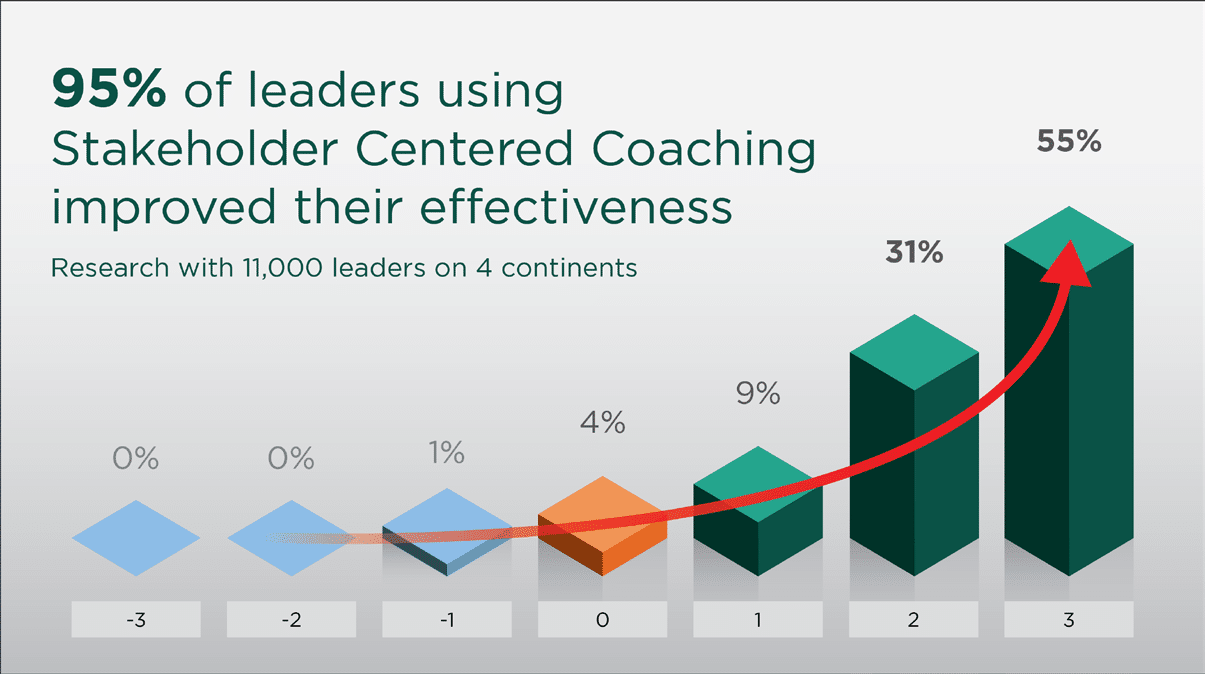Developing leaders vs. leadership development
Developing leaders vs. leadership development. Is there any difference? Yes, indeed. And the chances are that not knowing the difference is costing you a lot!
Many organizations, top management, and talent management professionals don’t really understand the difference.
This incorrect paradigm results in billions of dollars in leadership programs that largely go to waste.
In this article, I want to clarify the differences and share pointers to maximize the return on investment (ROI) of their leadership development efforts..
Keeping pace with the VUCA world
Senior leaders today face an extremely challenging business environment. The rapid pace of change, global competition, and changing customer preferences are just a few of the many challenges.
The acronym VUCA, volatile, uncertain, complex, and ambiguous, is an apt description of a business world leader that leaders must learn to adapt to and thrive in.
Hence, the pace of learning and leadership development must keep pace with these rapid changes in business conditions.
Developing leaders is a priority
In countless surveys over the years, CEOs and top executives have confirmed the importance of developing leaders. Leadership development is usually one of the top 3-4 priorities of organizations. Organizations are spending a lot of time, money, and effort to develop leaders.
In 2014, in the United States alone, an estimated $60 billion were spent in various initiatives to develop leaders.
Now that we are at the end of 2020, that figure probably has grown even larger. Add to that – the worldwide investment in developing leaders by organizations outside of the United States – in Europe, Asia (especially China and India), South America, and the rest of the world – Organizations are spending staggering amounts of money on developing leaders.
Leadership development is not working!
One would think that with such enormous amounts of money spent, the state of leadership in organizations must be at a peak. Unfortunately, it is quite the opposite.
While most CEOs consider developing leaders their top priority, only a minority of the CEOs think their leadership development initiatives are effective. This is echoed in survey after survey over many years. What are the reasons for this discrepancy?
Read: Is your leadership development effective? Or is the money going down the drain?

Too much focus is on leader development and not enough focus on leadership development
Let me explain the distinction between leader development and leadership development.
Leader development can be defined as developing the knowledge, skills, abilities, confidence, and behaviors of an individual leader to make her more effective. The focus is often on developing the individual. It lacks a comprehensive and systemic perspective.
Leadership development can be defined as building an environment where people in the organization develop leadership skills, abilities, behaviors, and attitudes.
It is about building a network of relationships amongst individuals where they support one another and work towards a greater good. It is about building a leadership culture.
Leadership doesn’t happen in a vacuum. Leadership involves people, and hence it is a social and interpersonal process.
Watch: Drive Business Results by Leveraging Leadership
Research by McCauley and Day
Here are some pointers from the research by McCauley and Day, as listed on Wikipedia
• “Leadership development is defined as the expansion of a group’s capacity to produce direction, alignment, and commitment (McCauley et al.), in contrast to leader development which is the expansion of one’s ability to be effective in leadership roles and processes.”
• “Leader development is described as one aspect of the broader process of leadership development (McCauley et al., 2010).”
• “Leader development focuses on developing individual knowledge, skills, and abilities (human capital), whereas leadership development focuses on building networked relationships (social capital) among individuals in an organization.”
• “In leader development, the focus is on intrapersonal skills of self-awareness, self-regulation, and self-motivation; leadership development focuses on interpersonal skills of social awareness and social skills (Day, 2000).”
• “Leader development keys in on the assumption that effective leadership occurs through the development of individual leaders, whereas leadership development is a function of the social resources that are rooted in relationships (Day, 2000).”
Please don’t call it leadership development!
In fact, the researchers argue that what most organizations coin as leadership development should actually be labeled as leader development!
Leader development is a subset of leadership development. Unfortunately, too much of the focus of organizations has been on developing individual leaders. And the consequences of this wrong paradigm can be seen in the outcomes.
Agreed that many methods and processes for leader development can be improved, but this single-minded focus on developing leaders at the expense of leadership development is a major culprit for huge amounts of investment going down the drain.
Focus on the seeds or the soil?
This difference in leader development vs. leadership development can be nicely explained using a simple analogy. If you want to plant an apple orchard, should you focus only on the quality of the apple seeds? Or should you consider the soil in which the seeds will be planted?
Even if you have the best seeds, if the soil and the environment in which the seeds are planted are not suitable, the results will be disappointing at best. To grow the best apple orchard, you cannot choose one over the other.
You have to focus both on the seeds and the soil. In good soil, an average seed will flourish. In bad soil, even the best of the seeds may wither.
Going from leader development to leadership development
In the same way, organizations should not focus only on developing individual leaders but also devote equal focus and resources to organization-wide leadership development.
“Organizations cannot choose one or the other approach, but instead, a bridge must be anchored on either side of leader and leadership development for effective development to occur (Kegan, 1994). Therefore, it is important to develop the intrapersonal capabilities to serve as a foundation for interpersonal competence and link both leader and leadership development together.”
If you only develop individual leaders, will it result in effective organizational leadership? Not really! We may develop the individual’s leadership capacity.
Still, it does not necessarily mean that the individual will be able to apply these skills effectively unless supported by the team and the company culture.
Read: The fundamental problem with executive education and leadership development programs
How do you increase the focus on leadership development?
Here are some pointers on how to enhance the focus on leadership development to ensure that you are getting a good return on your leadership development initiatives
• Stop sending a few people to episodic leadership development programs!
When organizations send just a handful of leaders to short-duration episodic leadership programs, it is a complete waste of time and money.
A three-day program at a B-school on “Influential leadership” may look good on a leader’s resume but does little in terms of changed behavior at work.
First of all, such programs assume that all participating leaders need the same instruction to convert them into an ideal “influential leader.” Each leader is different. The context and culture of the organization they work in are different.
The “case studies” taught have little relevance or application to each leader’s specific situation and circumstances. No wonder such programs do little to benefit the leader or the team in terms of improvements at work.
• Customize leader development to the individual and the context
Standard cookie cutter “leadership programs” don’t work. They assume that all leaders need the same improvement, and a standard curriculum would address that need.
The fact is that each individual has different strengths and different improvement areas. They have different backgrounds and experiences.
They each work in a culture that is unique to the organization. Unless we identify and work on individual improvement areas specific to the leader, there is little chance of improving the leader at work.
• Involve the leader’s team members in the leadership development initiative
As mentioned earlier, leadership doesn’t happen in a vacuum. It is a social and interpersonal process. Involving team members in the leader’s development is one of the best ways to extend leader development into leadership development.
This can be done through 360-degree feedback, collecting suggestions for the leader’s improvement, and assessing the team members’ improvement. Involve team members at every step of the way.
• Have a comprehensive long term leadership development strategy
Leadership development is a process, not an event! Some organizations track the man-days spent on leadership development. Others track
how many leaders have been “trained” in leadership. The number of different programs and topics is also part of the tracking measurements. Such disjointed programs have little benefit.
A comprehensive leadership development strategy that spans years and covers the entire population of leaders is needed.
Read: How we helped our FMCG Client to move from leader development to leadership development
Let us help you move from leader development to leadership development
• Stakeholder centered coaching program
Our leadership and team coaching programs are stakeholder centered. It means that the leader’s team members are involved at every step of the 12-15 month process.
The team members share anonymous feedback on the leader’s strengths and improvement areas.
Based on the feedback, the leader selects improvement areas that are specific and customized to the individual leader.
Then the team members give their inputs and suggestions on how the leader can improve – month after month.
The leader implements these suggestions during their day-to-day work with the team members. They also anonymously rate the leader’s improvement via three surveys during this 12-15 month process.
• Benefits cascade to the entire team
Watching the leader make all the efforts to improve eventually spills over and cascades down to the team members. The best way to lead is to lead by example.
With this process, the leader leads by example, and the impact spills over to the team.
The entire team gets better. And the transition from leader development to leadership development takes root.
• Start with leaders in an entire section or division
We also advise our client to cover the leaders in an entire section, division, or throughout the company. For a relatively smaller organization, the entire company may go through the process in one shot.
For a larger organization, it may take 3-5 years. But it is really impactful. And helps the organization to transition from leader development to leadership development.
It also has a multiplier effect as many leaders, and their teams are improving simultaneously.
• Less time and money than sending people to a 5 day B school program
Our coaching program that lasts 12-15 months costs less than sending the leader to an episodic, short-term program at a reputed B-school. It also takes much less time away from work.
We come to the leader (in person or virtually) and spend approximately 1-2 hours per month during the 12-15 month process. The rest of the time, the leader in applying the learnings at work with his/her team.
• Guaranteed results or you don’t pay
In fact, we guarantee measurable results. We offer a no-growth no-pay clause for our leadership interventions. It means that if the leader does not improve, you don’t have to pay us.
Who decides if the leader has improved? It is through three anonymous assessments of the leader’s improvement by his/her own team members.
Stop wasting money on developing leaders and start implementing leadership development in your organization today!
Let us help you with leadership development and a culture of leaders at all levels in your organization. Why should you trust us?
• We are the largest leadership coaching network in the world.
• In 2020, Global Guru ranked this program, the number 1 coaching development program globally!
• It is 95% effective in a study of 84,000 leaders on 4 continents
• And best of all – we work on a no-growth no-pay guarantee
Read: Which is the best leadership development program?
Schedule a no-obligation conversation to find out more
Click the button below.
